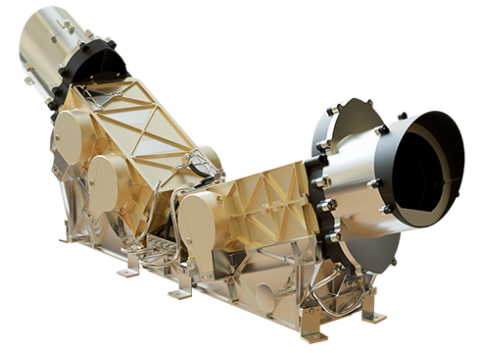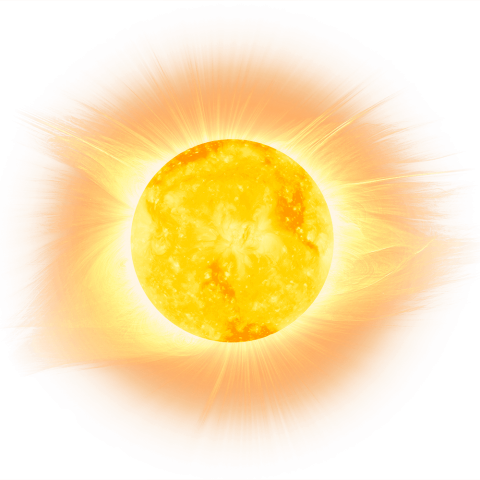About the Instrument
Instrument Type
Particle
The Suprathermal Ion Spectrograph (SIS), flying aboard the European Space Agency and NASA's Solar Orbiter spacecraft, is one of four sensors in the spacecraft’s Energetic Particle Detector suite investigating the suprathermal particles created in solar flares, coronal mass ejections and shocks in the solar wind. The composition of these particles is of particular interest to researchers because it can help to unravel the origins of and acceleration processes in these large solar events. SIS is a highly sensitive mass spectrometer that can determine elements from helium to iron by measuring the particles’ energy as well as velocity by timing how long it takes a particle to move through the instrument.

SIS is the latest in a long line of APL-designed energetic particle detectors, including the Low Energy Charged Particle detectors on the Voyager spacecraft, which are still operating and delivering data from beyond the solar system after more than four decades in space. Its predecessor is the Ultra-Low-Energy Isotope Spectrometer, flying on the Advanced Composition Explorer (ACE) spacecraft.
Mission
Solar Orbiter
Launched in February 2020, the internationally collaborative Solar Orbiter mission, led by the European Space Agency and NASA, will answer the question of how the Sun creates and controls the solar system's constantly changing space environment, and it will take images of the Sun from closer than any spacecraft before, including a first-ever look at our star's polar regions.



